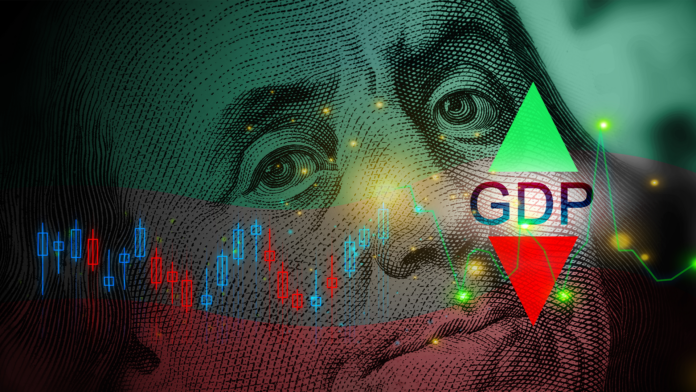The U.S. dollar rose on Tuesday after retreating from one-year highs reached last week. Traders sought political direction as attention shifted toward President-elect Donald Trump’s cabinet selections.
In early trading, the Dollar Index, which tracks the greenback against a basket of six other currencies, climbed 0.2% to 106.427, recovering from a 0.4% decline in the previous session. The index rose 1.6% last week, marking its sixth gain in seven weeks and reaching its highest level in a year.
Debate Over Treasury Secretary
Currency markets are consolidating after a volatile few weeks. During this period, the Dollar Index appreciated 7% in just six weeks, representing one of the most notable adjustments since the summer of 2022.
“Positioning is probably the biggest threat to the dollar at the moment,” analysts at ING mentioned in a note. “We may also start to hear about dollar seasonality again, as the DXY [Dollar Index] has fallen in eight of the last 10 Decembers and for the last seven consecutive Decembers.”
With U.S. economic data relatively sparse this week, market focus has shifted to President-elect Donald Trump’s cabinet picks.
“One of the most relevant positions for financial markets is that of U.S. Treasury Secretary,” ING added. “A candidate with proven reliability will be welcomed by bond markets, while one with less experience—or a candidate who offers less of a counterweight to some of President-elect Trump’s plans—could trigger a sell-off in the long end of the U.S. Treasury market and potentially soften the dollar.”
Euro Gets Hit by Tariff Fears
In Europe, EUR/USD fell 0.6% to 1.0535, remaining close to last week’s levels. This decline followed concerns that new U.S. trade tariffs could hinder eurozone economic growth.
“The balance of macroeconomic risks has shifted from concerns about high inflation to fears about economic growth,” said ECB Vice President Luis de Guindos at an event in Frankfurt on Monday.
“Growth prospects are clouded by uncertainty about economic policies and the geopolitical landscape, both in the euro area and globally. Trade tensions could escalate further, increasing the risk of tail events materializing.”
The final Eurozone CPI reading for October confirmed that inflation is currently at the ECB’s target of 2.0%, while quarterly growth in the region was only 0.4%.
GBP/USD Dips Ahead of UK CPI Data
GBP/USD dropped to 1.2626 ahead of the release of the UK CPI data for October, due on Wednesday.
Economists forecast that the annual inflation rate increased to 2.2%, up from 1.7% in September. This marks the first time the annual inflation rate has fallen below the Bank of England’s 2% target in over three years.
Additionally, Bank of England Governor Andrew Bailey is set to testify before lawmakers later on Tuesday. He is expected to face questions about the inflationary impact of the new Labour government’s recently released budget.
Japan’s Inflation Data in Focus
USD/JPY dropped to 153.78 as the yen recovered from a near four-month low reached in early November.
Japan’s consumer inflation data, scheduled for release on Friday, will shed more light on the country’s interest rate trajectory. This follows disappointing third-quarter GDP data, which raised concerns about the Bank of Japan’s ability to continue raising rates.
USD/CNY Edges Higher Amid Chinese Rate Decision
USD/CNY rose 0.1% to 7.2434, nearing recent three-month highs.
This week, attention turns to the People’s Bank of China’s interest rate decision. Economists expect the central bank to maintain its current prime rate on Wednesday.



